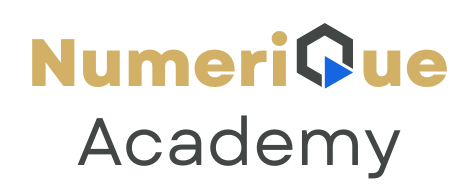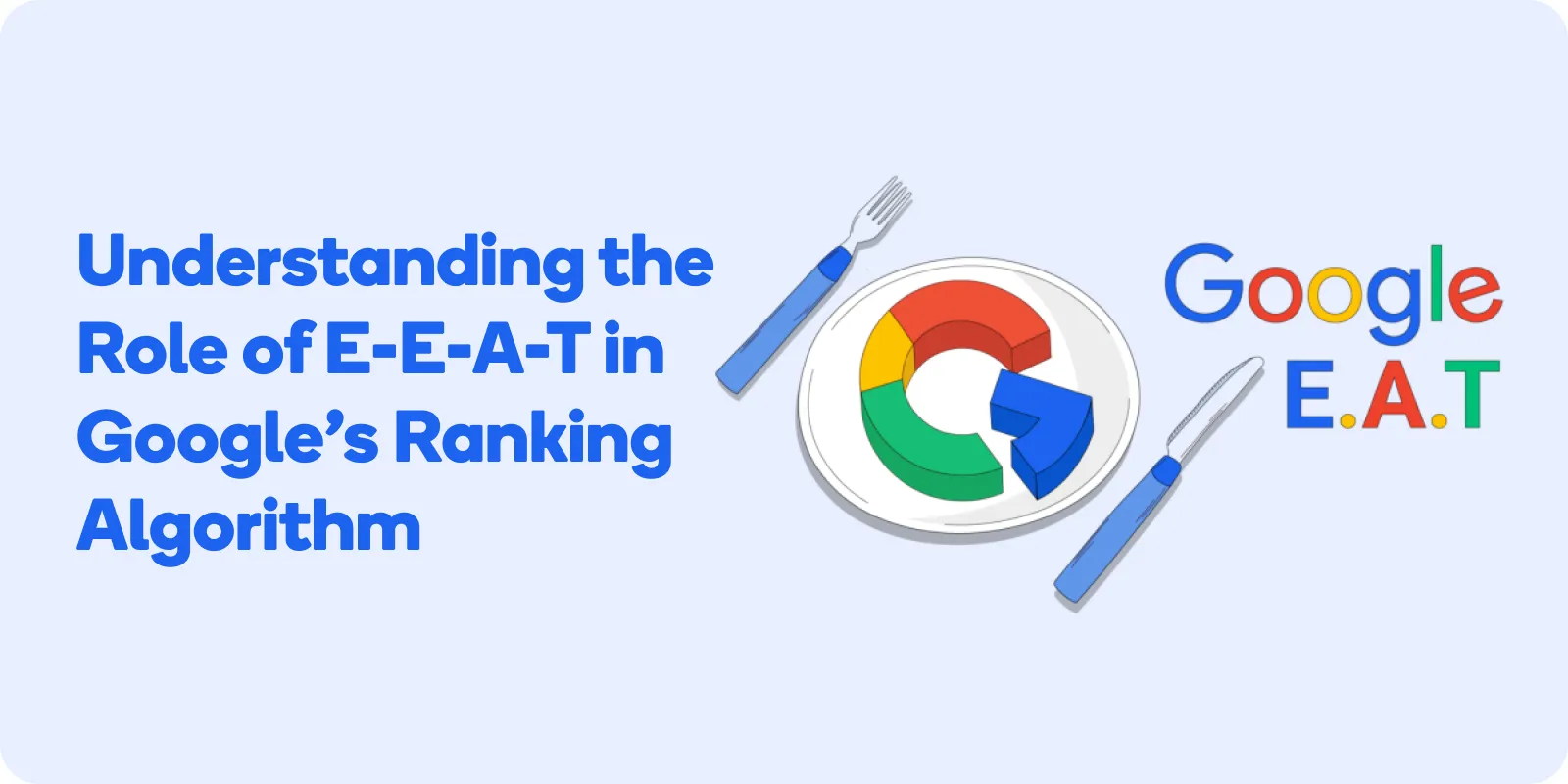In the ever-evolving landscape of SEO, one acronym has become increasingly crucial for anyone hoping to rank well in Google’s search results: E-E-A-T. Standing for Experience, Expertise, Authoritativeness, and Trustworthiness, E-E-A-T plays a major role in how Google evaluates the quality of content and its creators — especially in niches that impact people’s health, finances, or well-being.
If you’re a digital marketer, content creator, or SEO professional, understanding E-E-A-T is no longer optional. It’s fundamental.
What Is E-E-A-T?
Originally introduced as E-A-T (Expertise, Authoritativeness, Trustworthiness), Google expanded the acronym in late 2022 to include another “E” for Experience. Now, content isn’t just judged based on who wrote it and how reputable they are — but also whether they have real, lived experience with the subject.
The 4 Elements of E-E-A-T:
- Experience
Does the creator have first-hand, real-world experience with the topic? For example, a product review written by someone who actually used the product carries more weight. - Expertise
Is the content written by someone with the necessary knowledge or skills? This is especially critical in YMYL (Your Money or Your Life) areas like health, law, and finance. - Authoritativeness
Is the website or author recognized as a go-to source on this topic? Are they cited by others, or frequently referenced in reputable spaces? - Trustworthiness
Is the website secure, transparent, and honest? Does it present accurate, reliable, and fact-checked information?
Why E-E-A-T Matters for SEO?
While E-E-A-T is not a direct ranking factor (like keywords or backlinks), it deeply influences Google’s quality evaluations, especially through its Search Quality Rater Guidelines. Google employs human evaluators who use E-E-A-T to assess the quality of content. These insights help train its algorithms to better identify high-quality content programmatically.
This means:
- Pages with low E-E-A-T are less likely to rank, especially in competitive or sensitive industries.
- High E-E-A-T signals help Google trust your site, increasing visibility in the long run.
How to Improve Your Site’s E-E-A-T?
1. Demonstrate First-Hand Experience
- Add author bios that show real-world involvement with the topic.
- Include photos, screenshots, or videos of you using a product or demonstrating knowledge.
- Use real case studies or stories in your content.
2. Showcase Expertise
- Make sure articles are written or reviewed by qualified professionals (especially for YMYL content).
- Link to your credentials, certifications, or portfolio.
- Keep your content up-to-date and factually accurate.
3. Build Authoritativeness
- Get backlinks and mentions from reputable sites in your industry.
- Guest post on well-known blogs or platforms to build your brand.
- Encourage reviews, testimonials, or citations from credible users.
4. Establish Trustworthiness
- Use HTTPS and ensure your site is secure.
- Include transparent policies: About, Contact, Privacy Policy, and Terms pages.
- Avoid clickbait or misleading headlines.
- Provide sources and references for factual claims.
Real-Life Example: Health Content
Google holds health content to a very high E-E-A-T standard. Consider two articles on “How to manage diabetes naturally”:
- Low E-E-A-T: Written by an anonymous blogger with no medical background or citations.
- High E-E-A-T: Written by a registered dietitian, citing clinical studies and including personal patient examples.
Guess which one ranks higher? The second, every time.
Final Thoughts
E-E-A-T isn’t a quick SEO fix — it’s a mindset shift. It asks you to genuinely create valuable, trustworthy, and experience-driven content. If you can prove to Google (and users) that you know what you’re talking about and that you’re a credible source, your content is far more likely to rise above the noise.
In a digital age full of misinformation, E-E-A-T is Google’s way of promoting the right content — and your opportunity to be seen as an authority.

